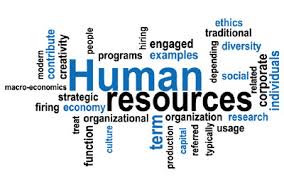Introduction:
The process of Human resource planning plays a very important role in the organization. HR planning includes recruiting plans, employee training programs, and organizational development. Human resource planning can be defined as the process of identifying the number of people required by an organization in terms of quantity and quality. All human resource management activities start with human resource planning. So we can say that human resource planning is the principle/primary activity of human resource management. There are many benefits to having strong HR planning tools in place.
The Advantages of Human resource planning as follows:
Anticipating future requirement :-
Thru this process of HRP, the company is able to find out how many people will be required in future. Based on this requirement the company could take further actions. This method also helps the company to identify the number of jobs which will become vacant in the near future.
Recruitment and selection process :-
The recruitment and selection process is a very costly affair for a company. Many companies spend lakhs of rupees on this process. Therefore recruitment and selection must be carried out only if it is extremely necessary. HRP process helps to identify whether recruitment and selection are necessary or not.
Placement of personnel :-
Since the HRP process is conducted for the entire organization, we can identify the requirements for each and every department. Based on the requirement, we can identify existing employees and place them on those jobs which are vacant.
Performance appraisal :-
HRP make performance appraisal more meaningful. Since feedback is provided in performance appraisal and employee is informed about his future chances in same company, the employee is motivated to work better. Information for all this is collected from HRP process.
Promotion opportunity :-
HRP identifies vacancies in the entire organization including all the branches of all the company. Therefore when the company implements promotion policy it can undertake its activities in a very smooth manner.
Successful HR planning includes training models and procedures. This training includes new-hire training to teach new employees about the company culture, internal databases, software, and the skill sets necessary for specific positions. The benefit of this type of training is that all employees are taught the same thing in the same manner, which creates consistency and accuracy in daily work. Other training models include information about new company initiatives, new product roll outs, and career progression classes.
















